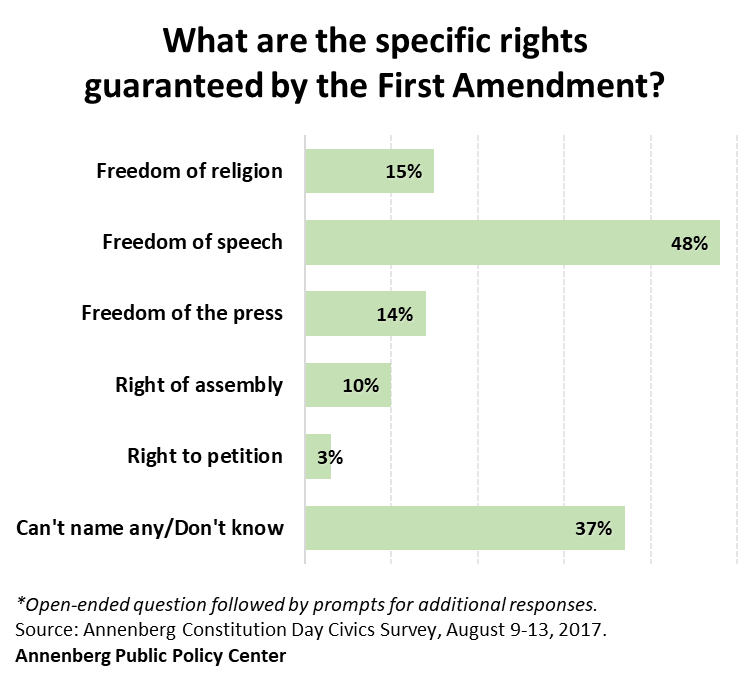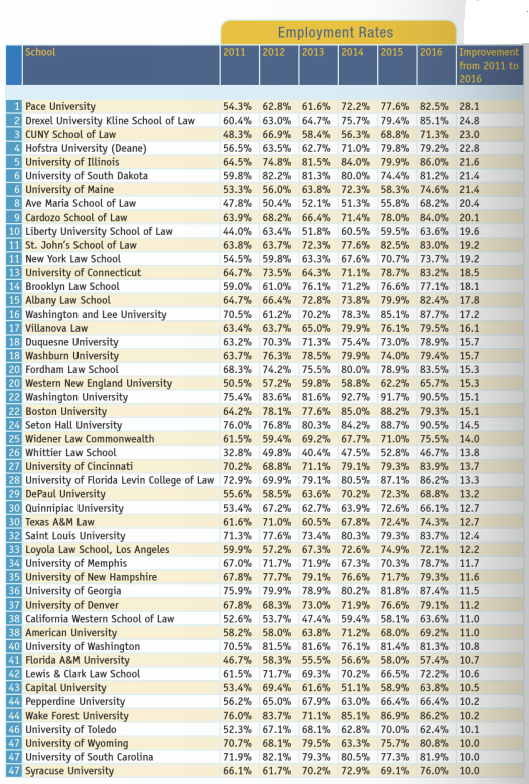 The Brooklyn Law School Library has placed an order for The Chickenshit Club: Why the Justice Department Fails to Prosecute Executives (Call No. KF9351.E37 2017) by Pulitzer Prize–winning journalist Jesse Eisinger. The book is a blistering account of corporate greed and impunity, and the reckless, often anemic response from the Department of Justice. The book asks why no bankers were put in prison after the financial crisis of 2008 and why CEOs seem to commit wrongdoing with impunity. The problem goes beyond banks deemed “Too Big to Fail” to almost every large corporation in America—to pharmaceutical companies and auto manufacturers and beyond. Eisinger starts his account with a story that gives the book its title. In the early 2000s, James Comey was the U.S. Attorney in charge of the most important local branch of the Department of Justice, the Southern District of New York, whose jurisdiction covers Wall Street. At Comey’s first meeting with the prosecutors on his team, he asked who among them had never lost a case. Many proudly raised their hands. “My friends and I have a name for you guys,” he said. “You are members of what we like to call the Chickenshit Club.” Comey was challenging them to be aggressive, to risk losing. A character-driven narrative, the book tells the story from inside the Department of Justice. The complex and richly reported story spans the last decade and a half of prosecutorial fiascos, corporate lobbying, trial losses, and culture shifts that have stripped the government of the will and ability to prosecute top corporate executives.
The Brooklyn Law School Library has placed an order for The Chickenshit Club: Why the Justice Department Fails to Prosecute Executives (Call No. KF9351.E37 2017) by Pulitzer Prize–winning journalist Jesse Eisinger. The book is a blistering account of corporate greed and impunity, and the reckless, often anemic response from the Department of Justice. The book asks why no bankers were put in prison after the financial crisis of 2008 and why CEOs seem to commit wrongdoing with impunity. The problem goes beyond banks deemed “Too Big to Fail” to almost every large corporation in America—to pharmaceutical companies and auto manufacturers and beyond. Eisinger starts his account with a story that gives the book its title. In the early 2000s, James Comey was the U.S. Attorney in charge of the most important local branch of the Department of Justice, the Southern District of New York, whose jurisdiction covers Wall Street. At Comey’s first meeting with the prosecutors on his team, he asked who among them had never lost a case. Many proudly raised their hands. “My friends and I have a name for you guys,” he said. “You are members of what we like to call the Chickenshit Club.” Comey was challenging them to be aggressive, to risk losing. A character-driven narrative, the book tells the story from inside the Department of Justice. The complex and richly reported story spans the last decade and a half of prosecutorial fiascos, corporate lobbying, trial losses, and culture shifts that have stripped the government of the will and ability to prosecute top corporate executives.
The book begins in the 1970s, when the government pioneered the notion that top corporate executives, not just seedy crooks, could commit heinous crimes and go to prison. The book travels to trading desks on Wall Street, to corporate boardrooms and the offices of prosecutors and F.B.I agents. These revealing looks provide context for the evolution of the Justice Department’s approach to pursuing corporate criminals through the early aughts and into the Justice Department of today. Exposing one of the most important scandals of our time, The Chickenshit Club provides a clear, detailed explanation as to how our Justice Department has come to avoid, bungle, and mismanage the fight to bring these alleged criminals to justice.
A more extensive book review by Thomas Fox can be found at JD Supra at this link. Fox also conducted an interview of Jesse Eisinger and Paul Pelletier, a key source for the book, at this link.
On Thursday, November 2, 2017, Cardozo School of Law will host a free event where the author will discuss his book. It will be held from 6:00 pm – 8:00 pm in the Third-Floor Lounge at 55 5th Avenue, New York, NY. Register at this link if you want to attend.




 For more on the topic, see the Brooklyn Law School Library’s copy of
For more on the topic, see the Brooklyn Law School Library’s copy of  The Brooklyn Law School Library
The Brooklyn Law School Library 
 A recent article in the NY Times,
A recent article in the NY Times,  The Brooklyn Law School Library’s
The Brooklyn Law School Library’s  More recently, In April 2017, the en banc Seventh Circuit Court of Appeals overruled its own precedent and became the first Circuit to hold that discrimination on the basis of sexual orientation can constitute unlawful sex discrimination under Title VII. See
More recently, In April 2017, the en banc Seventh Circuit Court of Appeals overruled its own precedent and became the first Circuit to hold that discrimination on the basis of sexual orientation can constitute unlawful sex discrimination under Title VII. See  position in 2015 now taken by the Seventh Circuit. The Supreme Court and the Circuit Courts have held that Title VII protects employees who are discriminated against because they do not conform to the stereotype for their gender and this often may overlap with sexual orientation. For more on the subject, see Brooklyn Law School Library’s copy of
position in 2015 now taken by the Seventh Circuit. The Supreme Court and the Circuit Courts have held that Title VII protects employees who are discriminated against because they do not conform to the stereotype for their gender and this often may overlap with sexual orientation. For more on the subject, see Brooklyn Law School Library’s copy of  By now, students taking bar exams have done the hard work studying. Now it is time to perform. At this point, it is going to be difficult to memorize much more, so now is the time to focus on practice tests and the art of taking the test, the actual process, and your pace. Spend your time wisely – not cramming in more random facts you probably won’t recall anyway. Don’t forget to breathe! Take the time to meditate, so you can clear your head which will allow your thoughts to become better organized. This will serve you well in the week leading up to the bar exam. Start each morning meditating, allowing your brain to be calmed and soothed. Not only will this help in the week before the bar, studies show that people who meditate make better complex decisions. Just what you need to answer the complex bar exam questions! So, when you take the exam, and you read that question that seems to be a trusts and estates question, or wait, is it a dissolution question? Stop, breathe, and think! Allow yourself just a minute to breathe in deep, clear your mind, and breathe out. Re-read the question, and do what you are well trained to do at this point – apply the law! Do this anytime you hit a panic-point during the exam.
By now, students taking bar exams have done the hard work studying. Now it is time to perform. At this point, it is going to be difficult to memorize much more, so now is the time to focus on practice tests and the art of taking the test, the actual process, and your pace. Spend your time wisely – not cramming in more random facts you probably won’t recall anyway. Don’t forget to breathe! Take the time to meditate, so you can clear your head which will allow your thoughts to become better organized. This will serve you well in the week leading up to the bar exam. Start each morning meditating, allowing your brain to be calmed and soothed. Not only will this help in the week before the bar, studies show that people who meditate make better complex decisions. Just what you need to answer the complex bar exam questions! So, when you take the exam, and you read that question that seems to be a trusts and estates question, or wait, is it a dissolution question? Stop, breathe, and think! Allow yourself just a minute to breathe in deep, clear your mind, and breathe out. Re-read the question, and do what you are well trained to do at this point – apply the law! Do this anytime you hit a panic-point during the exam. On the day before the exam, relax. It is not the time to hit the other bar. Relax and do something enjoyable. Check out from the Brooklyn Law Library collection the e-book titled
On the day before the exam, relax. It is not the time to hit the other bar. Relax and do something enjoyable. Check out from the Brooklyn Law Library collection the e-book titled  More controversial is
More controversial is  Brooklyn Law School, during the Summer 2017 semester, has taken a first step with its
Brooklyn Law School, during the Summer 2017 semester, has taken a first step with its